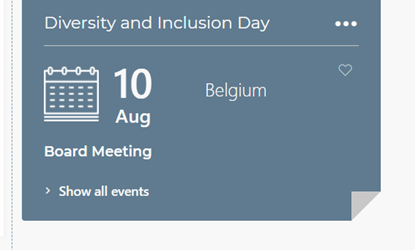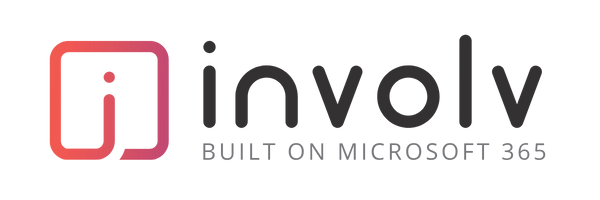How can we create a more inclusive culture for our employees? That was the central question at a recent diversity and inclusion event we attended in Belgium. During the sessions, we heard several practical examples of how we can ALL challenge our unconscious bias in our written and verbal communication.
In this blog we’ll look at the lessons learnt from two Belgium companies who redressed the diversity and inclusion imbalance in their organisations. Plus, give you examples of how you can use your intranet to do same in yours.
PRACTICAL APPLICATIONS OF INCLUSION AND DIVERSITY: LESSONS LEARNT FROM UNIA
During the first session, we received a presentation from Unia, the Interfederal Centre for Equal Opportunities in Belgium, which strives to combat discrimination and promote equal opportunities.
They delved deeper into the concept of discrimination and gave us two examples of potential discrimination in action and challenged us to judge whether there was prohibited behaviour or not. Below are the two examples discussed.
IS DISCRIMINATION TAKING PLACE OR NOT?
Situation 1: In a job vacancy for a receptionist, the following language requirements are mentioned:
Dutch: native language
English/French: fluent spoken knowledge
Other languages: an asset
Is this discrimination?
Yes, mentioning “Dutch: native language” as a requirement causes indirect discrimination because it may exclude some candidates who have excellent knowledge of Dutch but are not native speakers.
Situation 2: You are looking for an actor to play Barack Obama. In your call, you explicitly mention that you are looking for a man with dark skin.
Is this discrimination?
No, although a direct distinction is made, which is prohibited, in some situations there may be legitimate occupational requirements that make a distinction based on race, gender, or other protected characteristics, such as in the case of casting for a movie or play, and that is permitted.
HOW TWO MAJOR COMPANIES IN BELGIUM, VDAB AND TELENET, MADE THEIR ORGANISATIONS MORE INCLUSIVE
Two big organizations in Belgium, VDAB and Telenet, shared their stories of how they adapted their organisations to become more inclusive.
Both companies voluntarily underwent an inclusion scan, in which all forms of their communication, both internal and external, were scrutinized. All comms on the intranet, weekly newsletters, internal magazines, press communication, social media, and more.
The results of this analysis identified areas where language and presentation could be improved, resulting in more inclusive communication and processes.
The inclusion scan helped the companies to draw several conclusions. For example, they found that their videos needed subtitles, and that they needed to be more aware of tokenism in images, with too much whiteness and little diversity. The companies also noted that all their images tended to be very extroverted, and they needed to address this in their communication.
To address these issues, VDAB and Telenet implemented several best practices to make their organizations more inclusive. These included creating awareness among employees, measuring diversity through surveys, building knowledge through training, and sharing inspiration on an ongoing basis.
By sharing their experiences and best practices, VDAB and Telenet have inspired other organizations to take steps towards a more inclusive culture. This is a positive step towards creating a more diverse and inclusive workplace for all.
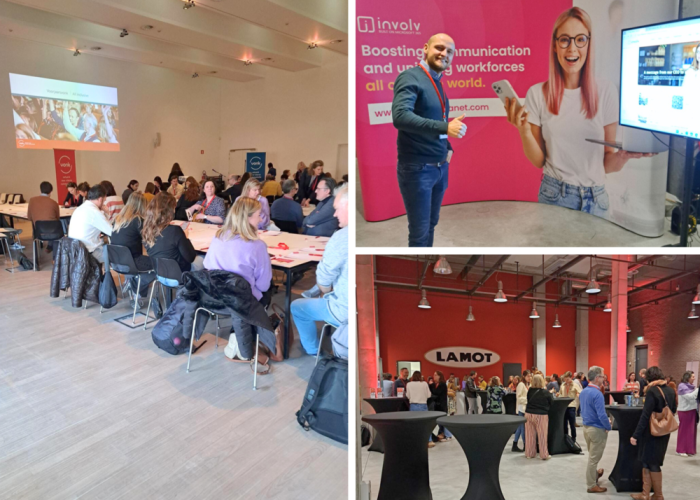
HOW TO USE YOUR INTRANET TO CREATE AN INCLUSIVE CULTURE
Creating an inclusive work culture can often begin by adapting internal communication within the organisation. A modern intranet, like Involv’s, has various features that can help internal comms with achieving this goal.
Let’s look at how:
1.PERSONAL PRONOUNS
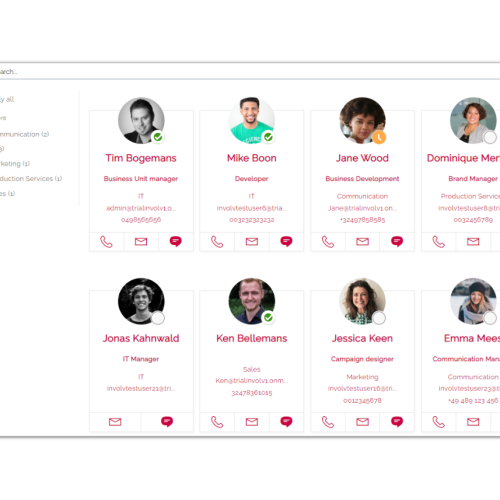
Encourage employees to add their personal pronouns to the “Who’s who” component. Involv’s People Directory allows employees to specify their personal pronouns so that their gender identity can be respected.
2.POLLS & SURVEYS
Use surveys, polls, or other feedback tools on Involv intranet to gather employee input on diversity and inclusion initiatives. Use your analytics tools to identify areas of improvement and track progress over time.

3. DIVERSITY & INCLUSION MESSAGE BOARD
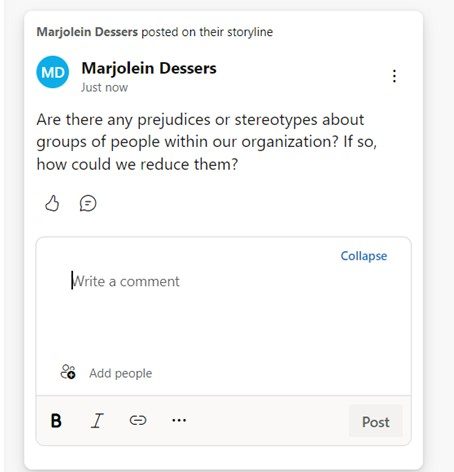
Introduce a ‘Diversity & Inclusion’ message board to your Involv intranet so employees can share ideas on how they think the organisation can become more inclusive. Introducing a dedicated space for this topic encourages an open dialogue and allows employees to contribute to improving the organisation’s culture.
4. ADAPTABLE COLOURS, FONT SIZE, AND SPEECH TECHNOLOGY ON THE INTRANET
Make sure your intranet is accessible to all employees, regardless of their physical abilities or language skills, including colour blindness and visual impairments. Use clear language and provide translations when necessary. Opt for clear colours and contrasts when needed. With Involv intranet it’s possible to choose the colours of your background. In addition, each user can adjust the font size of the text themselves. This improves the UX for people with visual impairments. Involv also offers speech technology which allows users to listen to the content of the intranet instead of reading it.
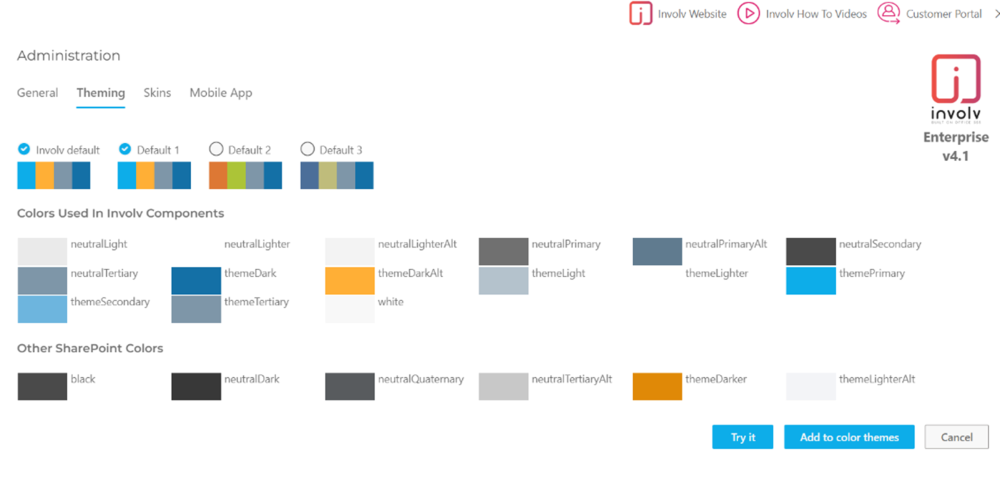
5. MULTILINGUAL INTRANET
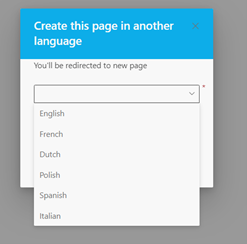
For companies operating in multiple countries or regions where more than one language is spoken, ask your IT admin to turn on Involv’s multi-lingual feature so that employees can select the language they’d like to read the content in, helping to make it a more inclusive work environment for all employees.
6. EVENTS + NEWS
Promote diverse events and celebrations on your intranet. Share information about upcoming diversity related events, cultural celebrations, and observances. Encourage employees to participate and learn about different cultures and traditions. Showcase employee stories and experiences on your news channel to promote a sense of belonging.
